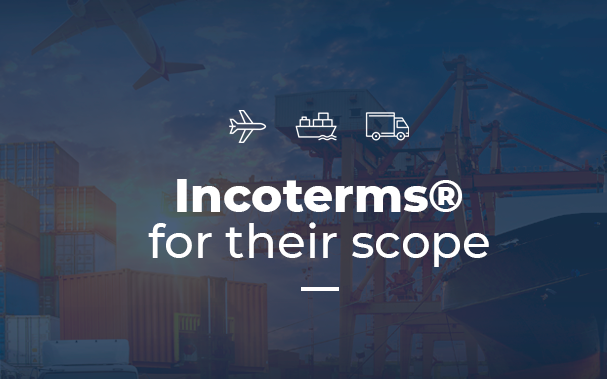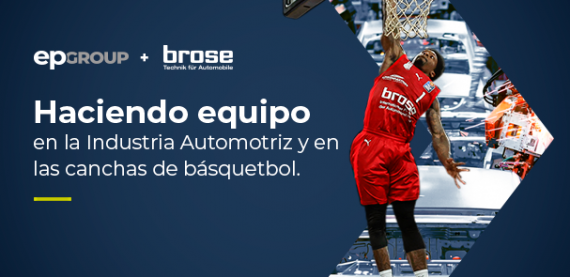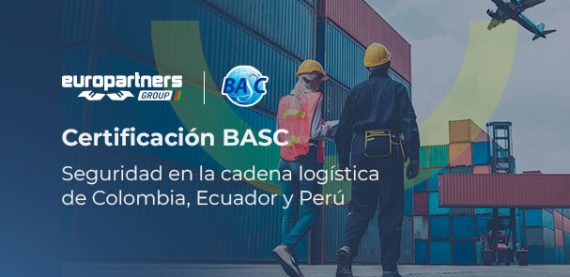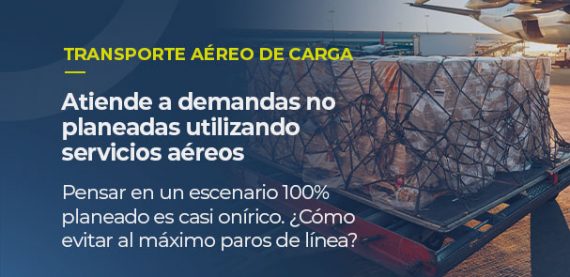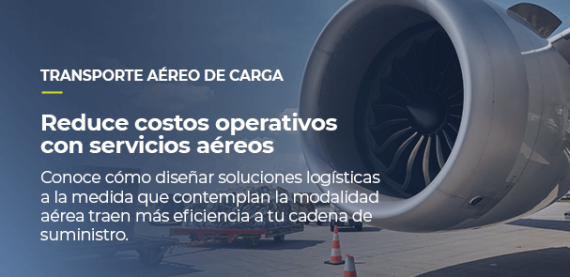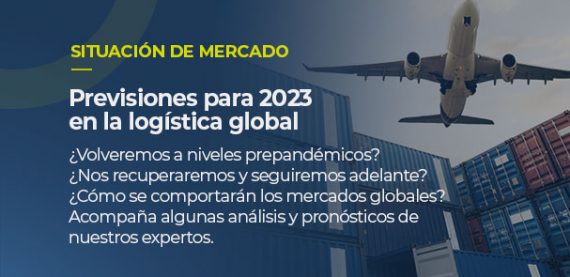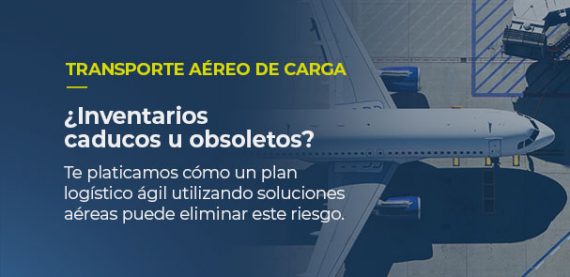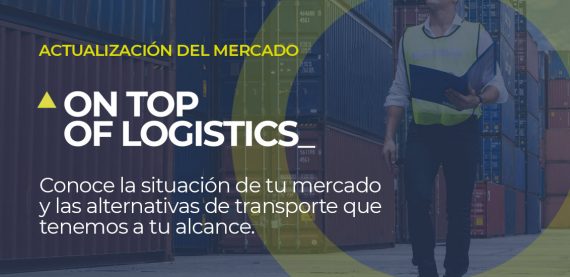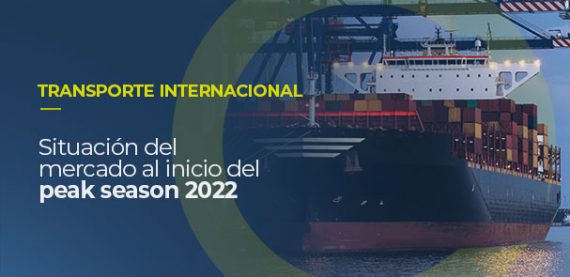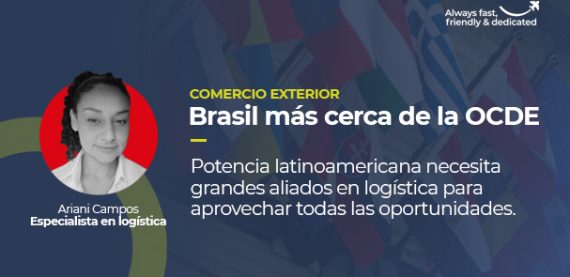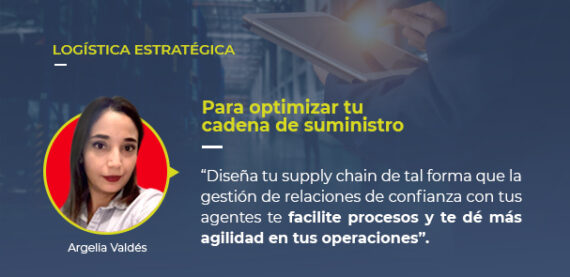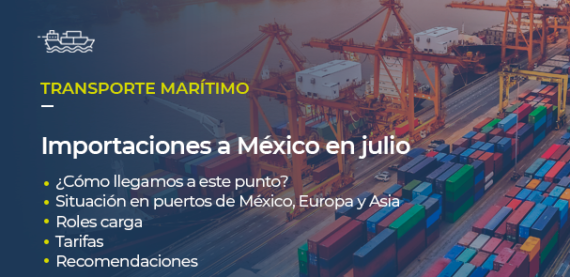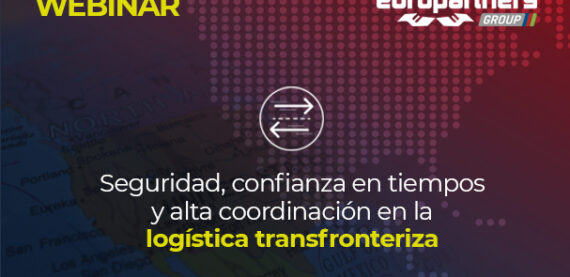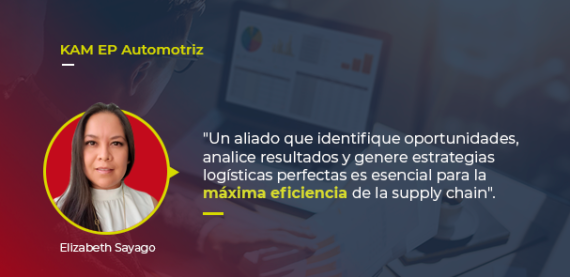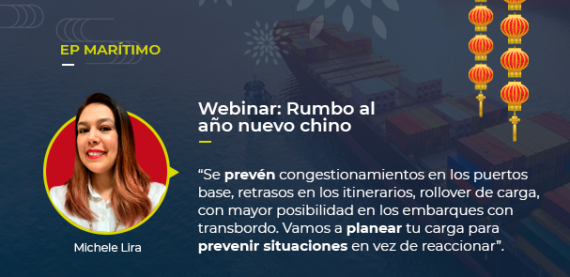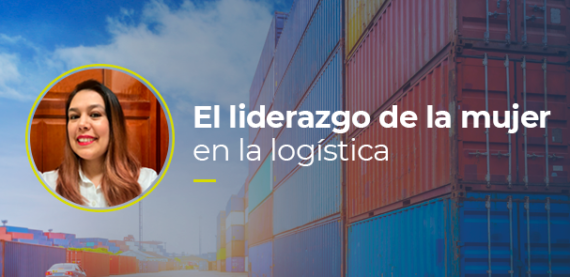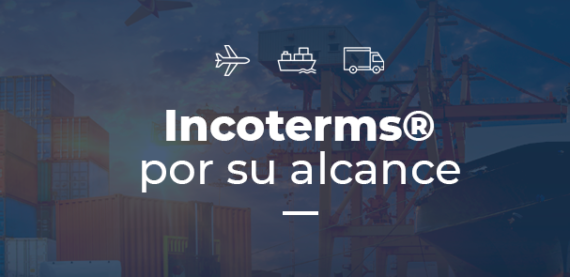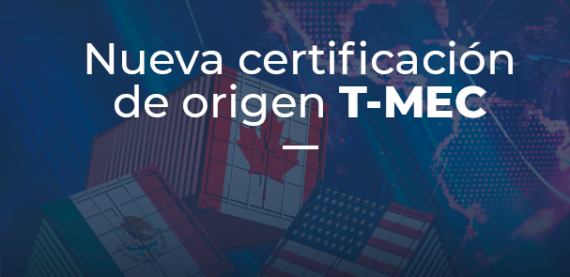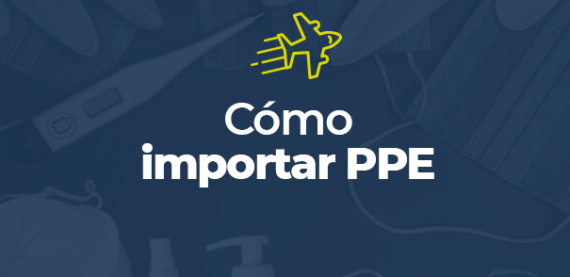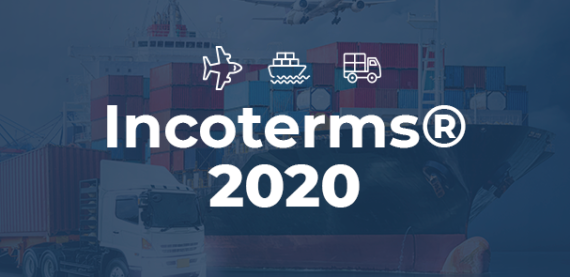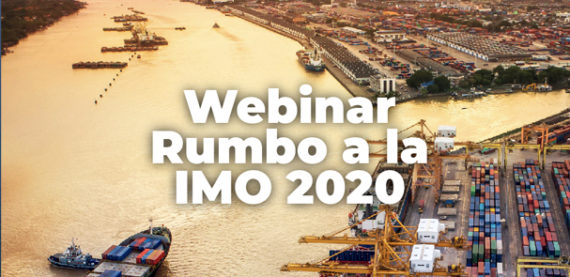We’ve segmented the new Incoterms® list in easy-to-understand clusters!
To help you understand how each Incoterm® can be used after the 2020 update, in this article we will divide them into:
- Multimodal Incoterms® vs Maritime Incoterms®
- Incoterms® for sales in origin vs Incoterms® for sales at the destination
- Associated Incoterms® vs Dissociated Incoterms®
Incoterms® clusters based on their scopes
1. Multimodal Incoterms® vs Maritime Incoterms®
When we talk about Incoterms®, it is very important to understand what a multimodal Incoterm is® and what a maritime Incoterms® is.
A multimodal is an Incoterms® that can be used with different modes of transport: air, ground (rail transport or wheeled vehicles) and also ocean freight.
It is important to understand which are the Incoterms® that can be used in different modes of transport and those that only apply to maritime transport.
In practice, there’s always a considerable confusion in the use of these Incoterms®. For example, the Incoterm® FOB has been accepted in some countries, such as the United States, as a multimodal Incoterm®. However, it was designed to be used only for ocean freight.
Differently from maritime Incoterms®, in multimodal Incoterms®, the responsibility is transferred at a place, a point of delivery.
On the other hand, in a maritime Incoterm®, said transfer is made specifically in a port.
In practically all Incoterms® (except for FAS), the responsibility is transferred above the ship; that is, the exporter must deliver the merchandise (either at the port of departure or destination, according to Incoterm®) above the ship.
2. Incoterms® for sales in origin vs. Incoterms® for sales in the destination
Incoterms® for sales in origin and Incoterms® for sales at the destination are not very popular. However, as providers of international trade, it is quite important to understand how they relate.
As the Incoterms® for sales in origin were designed the supplier’s responsibility and costs end when the merchandise is still in its country of origin.
Let’s consider the following situation: Romeo, a coffee producer in Mexico, wants to export his merchandise to Uganda, in Africa, but he is completely unfamiliar with the country and does not want to be responsible for customs issues or local (nor international) transportation. Additionally, he does not have negotiations with shipping companies, due to the low volume he wants to send to Uganda.
For these reasons, Romeo includes an Incoterm® in its sales contract in which its responsibility ends, maximum, in the Mexican port or airport agreed by him and his client.
He could choose the Incoterms® EXW, FCA or FOB.
On the other hand, using an Incoterm® for sales at the destination, the supplier will have a greater responsibility in the transport of the merchandise: he will have to assume the costs and, in most cases, the risks of international transport up to a point ( a port, a destination) located in his client’s country.
It is important to understand both alternatives. This knowledge can help us to have more productive conversations with our clients, to reach contract agreements much more related to the expertise of each one. The objective is that both can be benefited by an Incoterm® that enables the best negotiations on each side.
Another frequent situation occurs when an importer has a global contract with a carrier, which gives him very good negotiating power with that shipping company. In this case, the importer will possibly invite the supplier to use an Incoterm® for sales in origin, because he (the importer) already dominates international transport and both are going to benefit from more attractive costs and conditions and better service through this negotiation.

3. Associated Incoterms® vs Dissociated Incoterms®
Basically, the Associated Incoterms® are the rules in which the risks, obligations and costs end at the same point; that is, they are transferred from the seller to the buyer in the same place.
Differently, Dissociated Incoterms® are rules in which the transfer of obligations, costs and risks from the seller to the buyer are made at different points.
In some cases, the Dissociated Incoterms® can be very risky, especially for the importer (the buyer, who is acquiring the merchandise). This is because in the CFR, CPT, CIF and CIP the exporter will only pay for the international transportation. However, the risks related to the said international transport of the merchandise will be borne by the importer.
Our recommendation is that if you are an importer and want to use Dissociated Incoterms®, make sure that the exporter has contracted a insurance that covers the merchandise extensively during its international transport to the destination port or airport.
In the same way, we suggest reviewing the freight forwarder partners at origin with whom they will work, to avoid additional costs and times at destination.
Do you want more details on the 2020 updated to the Incoterms®? We’ve prepared an e-book (in Spanish) with the most important details of this year’s update and a visual table so that you have the information at hand. You can download it for free! And whenever you need the best advice for your international transport needs, contact us.
 ESPAÑOL
ESPAÑOL





